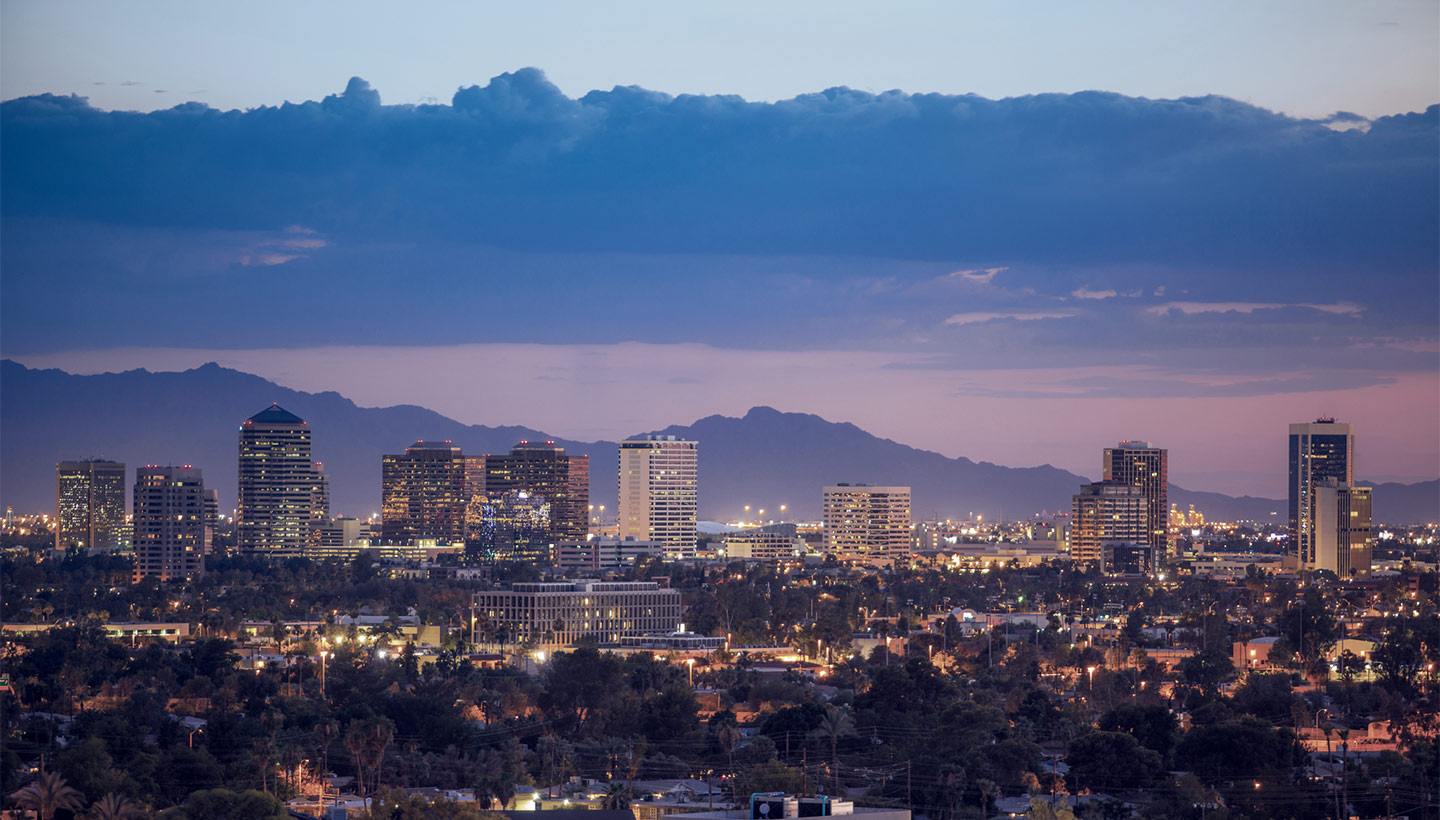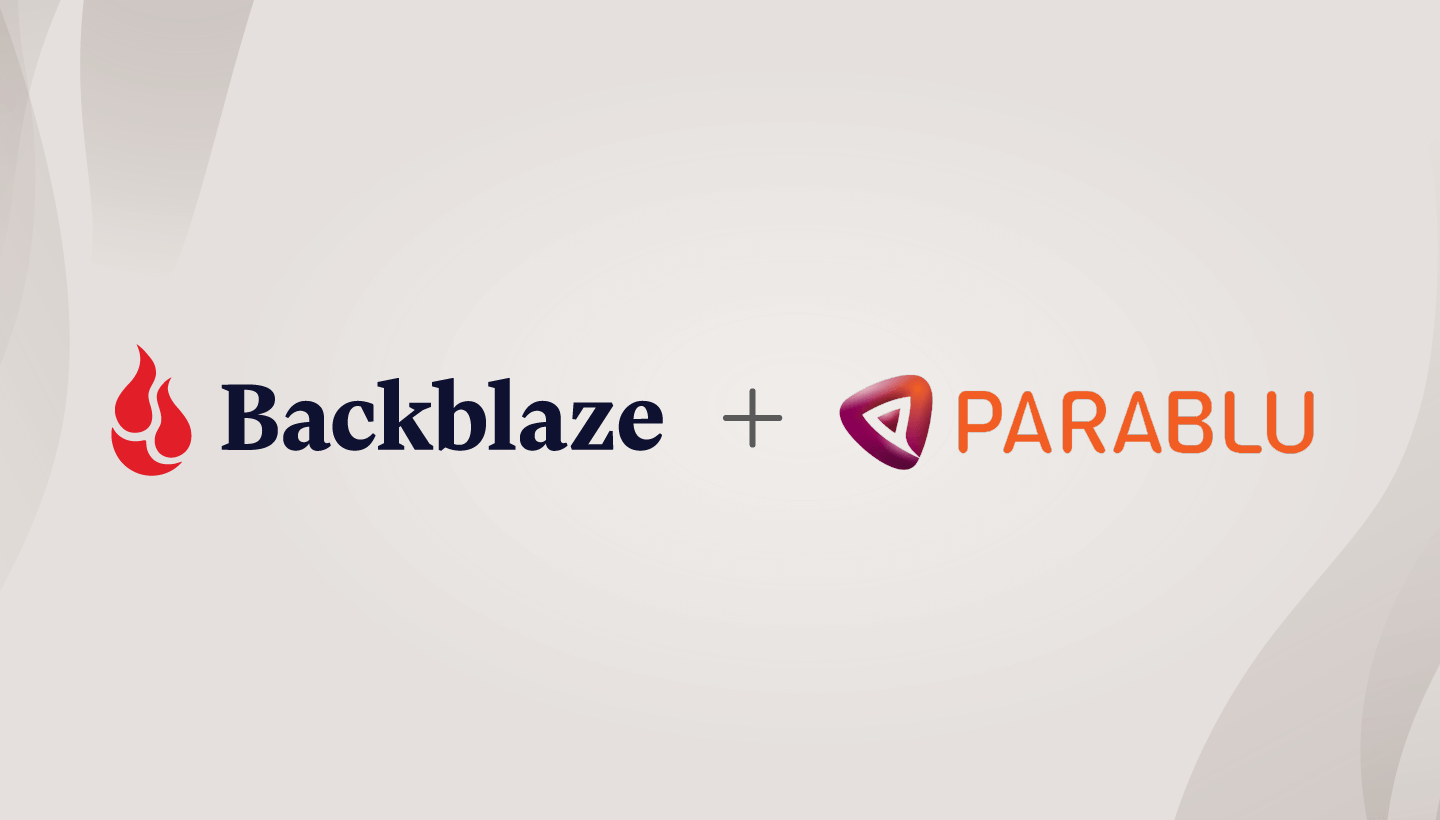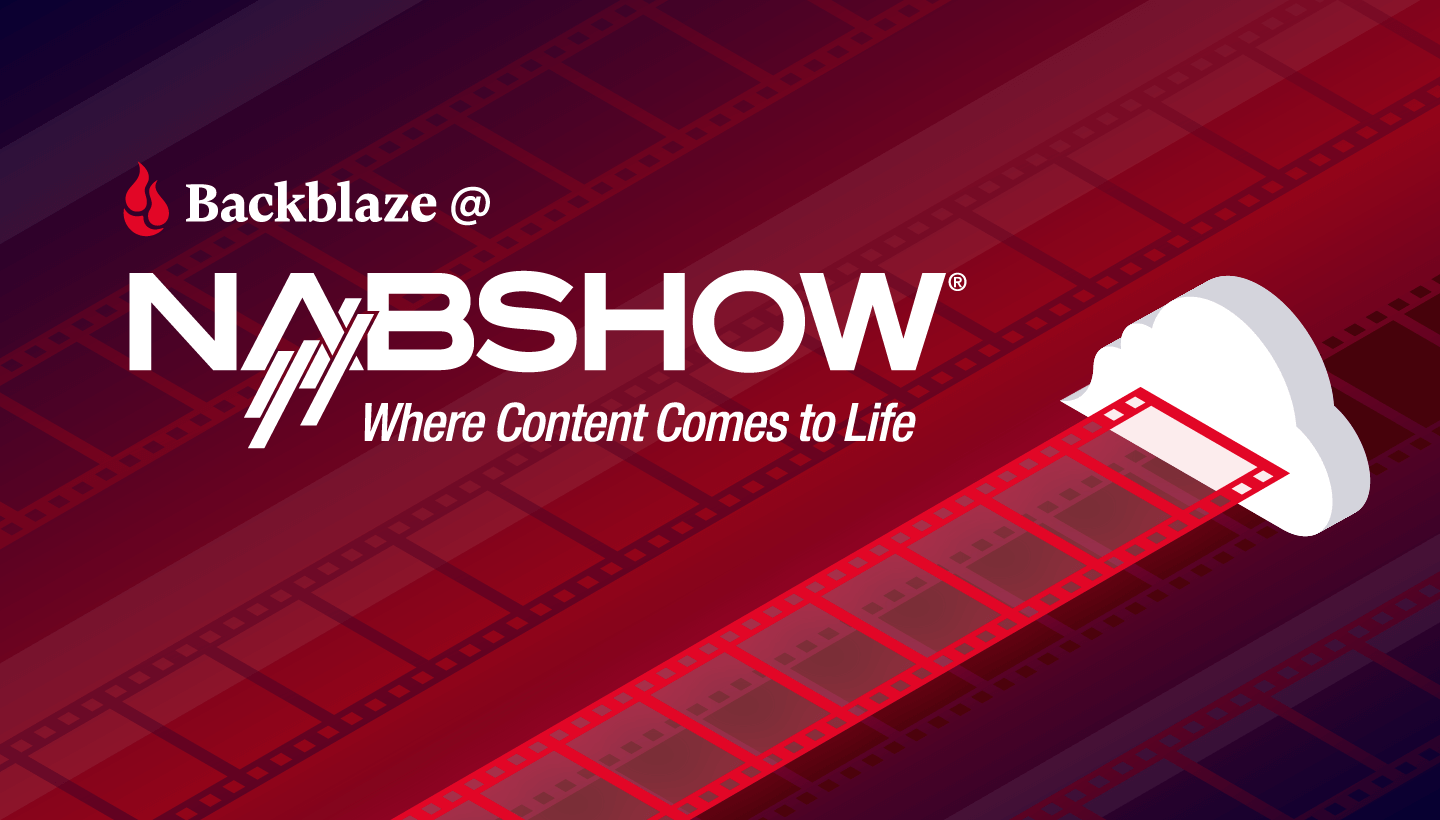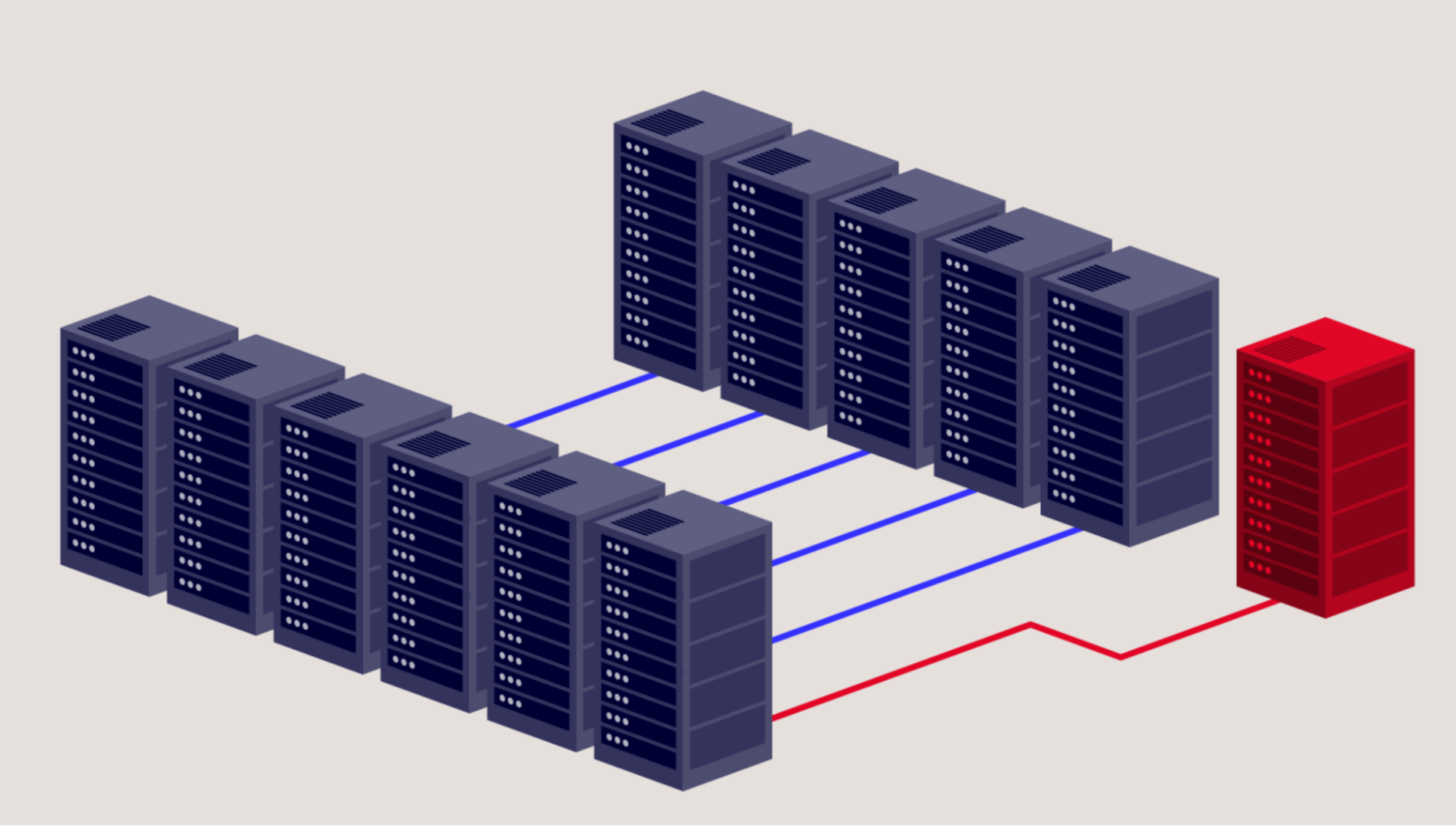We are pleased to announce that Backblaze is now storing some of our customers’ data in our newest data center in Phoenix. Our Sacramento facility was slated to store about 500PB of data and was starting to fill up, so it was time to expand. After visiting multiple locations in the U.S. and Canada, we selected Phoenix as it had the right combination of power, networking, price, and more that we were seeking. Let’s take you through the process of getting the Phoenix data center up and running.
Day 0: Designing the Data CenterAfter we selected the Phoenix location as our next data center, we had to negotiate the contract. We’re going to skip that part of the process because unless you’re a lawyer, it’s a long, boring process. Let’s just say we wanted to be ready to move in once the contract was signed. That meant we had to gather up everything we needed and order a bunch of other things like networking equipment, racks, Storage Pods, cables, etc. We decided to use our Sacramento data center as the staging point and started gathering what was going to be needed in Phoenix. In actuality, for some items we started the process several months ago as lead times for things like network switches, Storage Pods, and even hard drives can be measured in months and delays are normal. For example, depending on our move in date, the network providers we wanted would only be able to provide limited bandwidth, so we had to prepare for that possibility. It helps to have a procurement person who knows what they are doing, can work the schedule, and is creatively flexible—thanks, Amanda. So by day 0, we had amassed multiple pallets of cabinets, network gear, power distribution units (PDUs), tools, hard drives, carts, Guido, and more. And yes, for all you Guido fans, he is still with us and he now resides in Phoenix. Everything was wrapped and loaded into a 53ft semi-truck that was driven the 755 miles (1,215km) from Sacramento, California to Phoenix, Arizona. Day 1: Move in DayWe sent a crew of five people to Phoenix with the goal of going from empty space to being ready to accept data in one week. The truck from Sacramento arrived mid-morning and work started unloading and marshaling the pallets and boxes into one area, while the racks were placed near their permanent location on the data center floor. Day 2: Building the RacksDay 2 was spent primarily working with the racks. First they were positioned to their precise location on the data center floor. They were then anchored down and tied together. We started with two rows of 22 racks each, with 20 being for Storage Pods and two being for networking equipment. By the end of the week, there will be four rows of racks installed. Day 3: Networking and Power, Part OneWhile one team continued to work on the racks, another team began the process a getting the racks connected to the electricity and running the network cables to the network distribution racks. Once that was done, networking gear and rack-based PDUs were installed in the racks. Day 4: Rack Storage PodsThe truck from Sacramento brought 100 Storage Pods, a combination of 45 drive and 60 drive systems. Why did we use 45 drives units here? It has to do with the size (in racks and power) of the initial installation commitment and the ramp (increase) of installations over time. Contract stuff: boring yes, important yes. Basically, to optimize our spend we wanted to use as much of the initial space we were allotted as possible. Since we had a number of empty 45 drive chassis available in Sacramento we decided to put them to use. Day 5: Drive DayOur initial set-up goal was to build out five Backblaze Vaults. Each Vault is comprised of 20 Storage Pods. Four of the Vaults were filled with 45 drive Storage Pods and one was filled with 60 drive Storage Pods. That’s 4,800 hard drives to install—thank goodness we don’t use those rubber bands around the drives anymore. Day 6: Networking and Power, Part TwoWith the Storage Pods in place, day 6 was spent routing network and power cables to the individual Pods. A critical part of the process is to label every wire so you know where it comes from and where it goes, too. Once labeled, wires are bundled together and secured to the racks in a standard pattern. Not only does this make things look neat, it standardizes where you’ll find each cable across the hundreds of racks that are in the data center. Day 7: Test, Repair, Test, ReadyWith all the power and networking finished, it was time to test the installation. Most of the Storage Pods light up with no problem, but there were a few that failed. These failures are quickly dealt with, and one by one each Backblaze Vault is registered into our monitoring and administration systems. By the end of the day, all five Vaults were ready. Moving ForwardThe Phoenix data center was ready for operation except that the network carriers we wanted to use could only provide a limited amount of bandwidth to start. It would take a few more weeks before the final network lines would be provisioned and operational. Even with the limited bandwidth we kicked off the migration of customer data from Sacramento to Phoenix to help balance out the workload. A few weeks later, once the networking was sorted out, we started accepting external customer data. We’d like to thank our data center build team for documenting their work in pictures and allowing us to share some of them with our readers. |
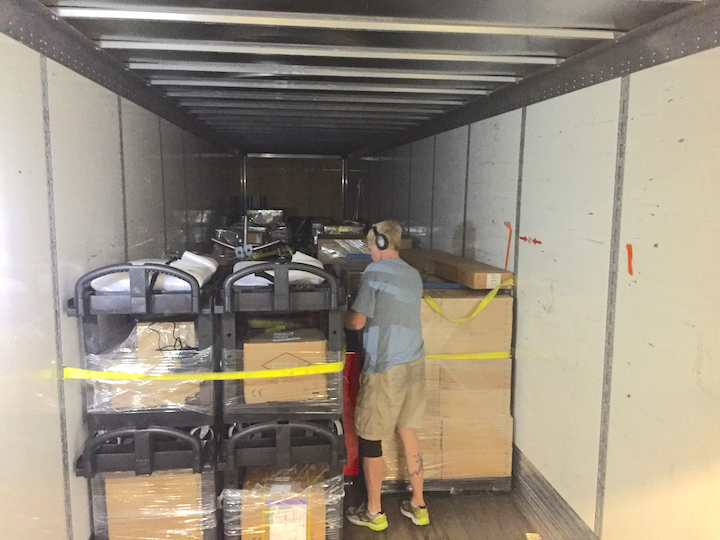     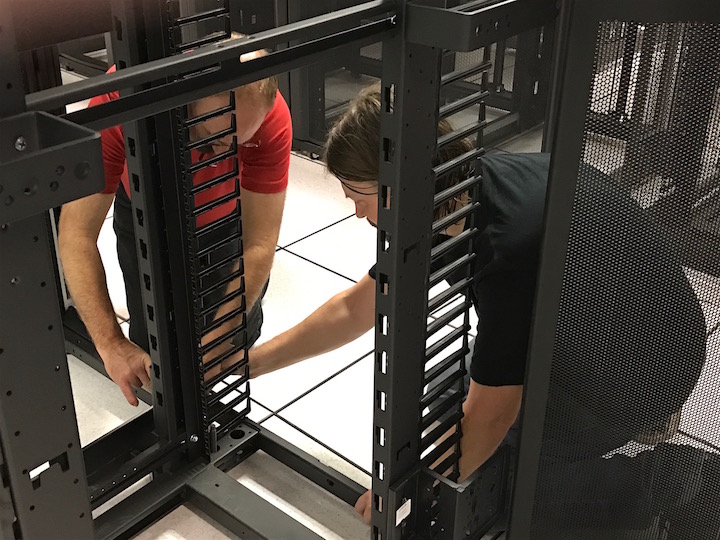     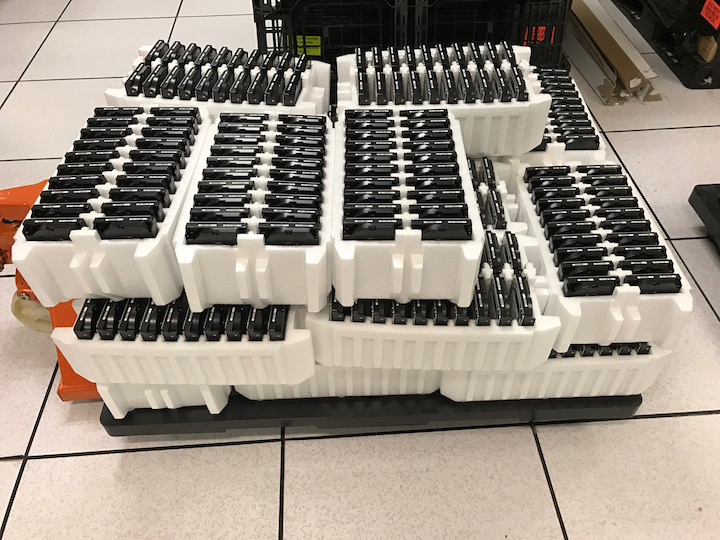 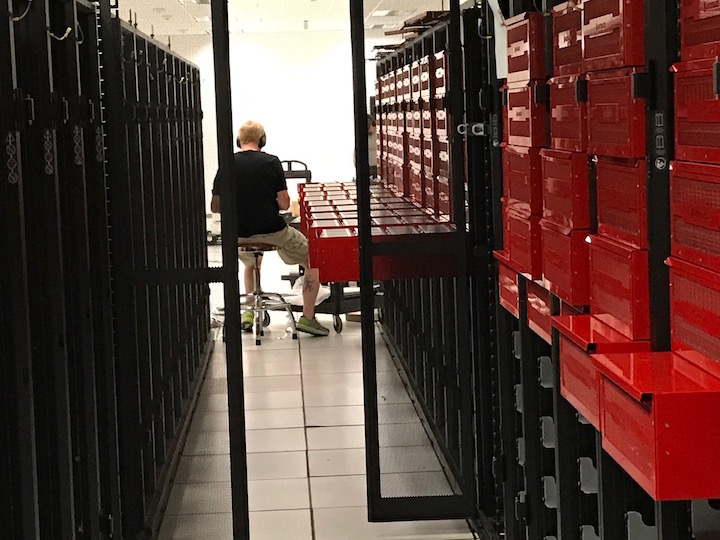   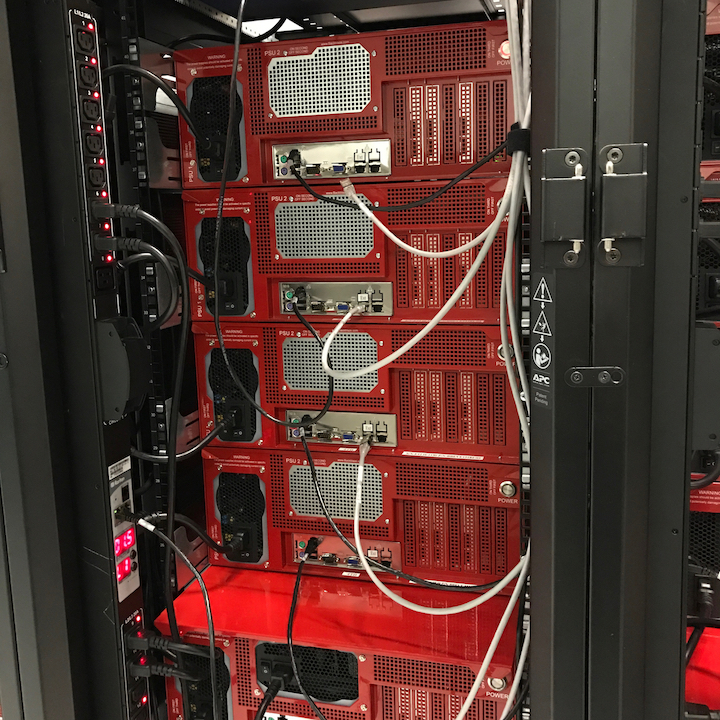 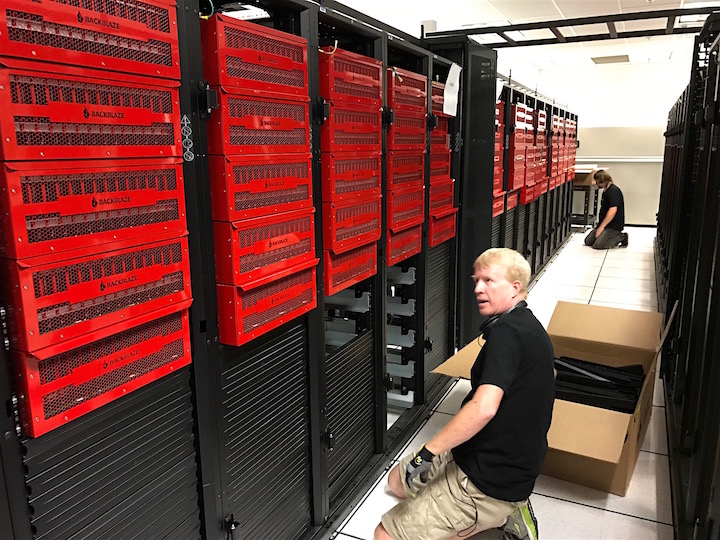  |
Questions About Our New Data Center
Now that we have a second data center, you might have a few questions, such as, can you store your data there, and so on. Here’s the status of things today…
| Q: | Does the new data center mean Backblaze has multi-region storage? |
| Q: | Will you ever provide multi-region support? |
| A: | Yes, we expect to provide multi-region support in the future, but we don’t have a date for that capability yet. |
| Q: | Can I pick which data center will store my data? |
| A: | Not yet. This capability is part of our plans when we provide multi-region support. |
| Q: | Which data center is my data being stored in? |
| A: | Chances are that your data is in the Sacramento data center given it currently stores about 90% of our customer’s data. |
| Q: | Will my data be split across the two data centers? |
| A: | It is possible that one portion of your data will be stored in the Sacramento data center and another portion of your data will be stored in the Phoenix data center. This will be completely invisible to you and you should see no difference in storage or data retrieval times. |
| Q: | Can my data be replicated from one data center to the other? |
| A: | Not today. As noted above, your data will be in one data center or the other. That said, files uploaded to the Backblaze Vaults in either data center are stored redundantly across 20 Backblaze Storage Pods within that data center. This has been calculated at 99.999999% durability for the data stored this way. [7/17/2018—Updated annual durability calculated at 99.999999999%. See Backblaze Durability Calculates at 99.999999999%—And Why It Doesn’t Matter.—Editor] |
| Q: | Do you plan on opening more data centers? |
| A: | Yes. We are actively looking for new locations. |
If you have any additional questions, please let us know in the comments or on social media. Thanks.
